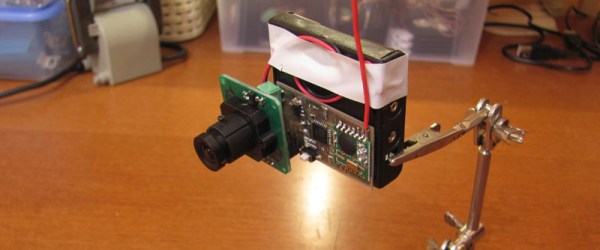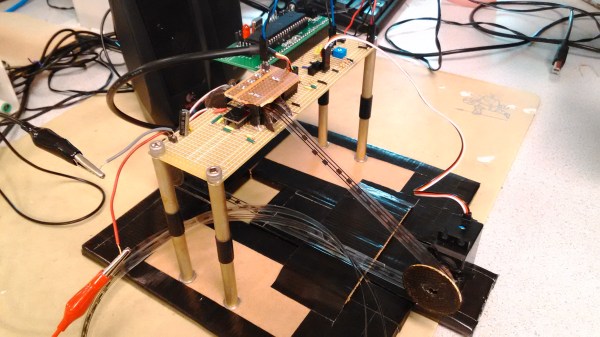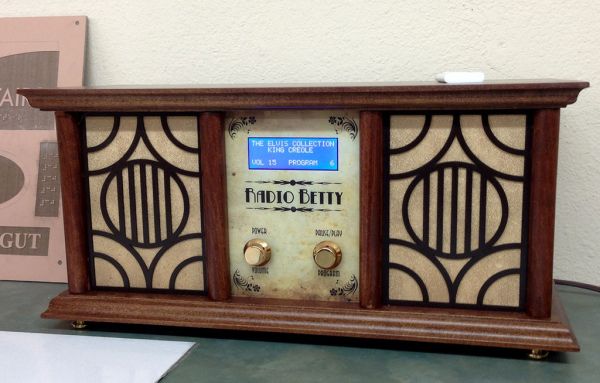We anticipate a cornucopia of hacks from the top fifty 2014 Hackaday Prize entrants based on the recent awarding of the 50 grab bags of electronics. That’s right, the grand prize was out of this world but there were a lot of other rewards worth shooting for. Instead of making hardware choices without the seminifinalists’ input we went with a shopping spree on Mouser.com.
It’s a great idea if we do say so ourselves. However, it turned out not to be as easy as purchasing fifty-grand in gift cards. Did you know that none of the major parts distributors have gift card systems built into their sites? We’re of two minds on this. We’d love to open a birthday card from grannie and pull out some chits that can be traded for chips. But at the same time, it would be a longshot for your non-hacker relatives to even know what sites are our go-to parts emporiums.
Long story short these prizes are themselves a hack. We had a lot of help from the sales crew over at Mouser who abused their account tracking software in order to make these credits work. All fifty of the Hackaday prize semifinalists now have a cool G to spend and we’ll be watching their Hackaday.io accounts for updates as they inevitably use the upcoming holidays to embark on exciting builds.
A big thanks to Supplyframe Inc. for sponsoring these 50 prizes, as well as all others awarded for the 2014 Hackaday Prize. Get those workbenches cleared off and sharpen tin your soldering tips because details about the 2015 Hackaday Prize will start to roll out in just a few weeks. Until then, occupy your time trying to win one of the many prizes offered during our Trinket Everyday Carry Contest.


















